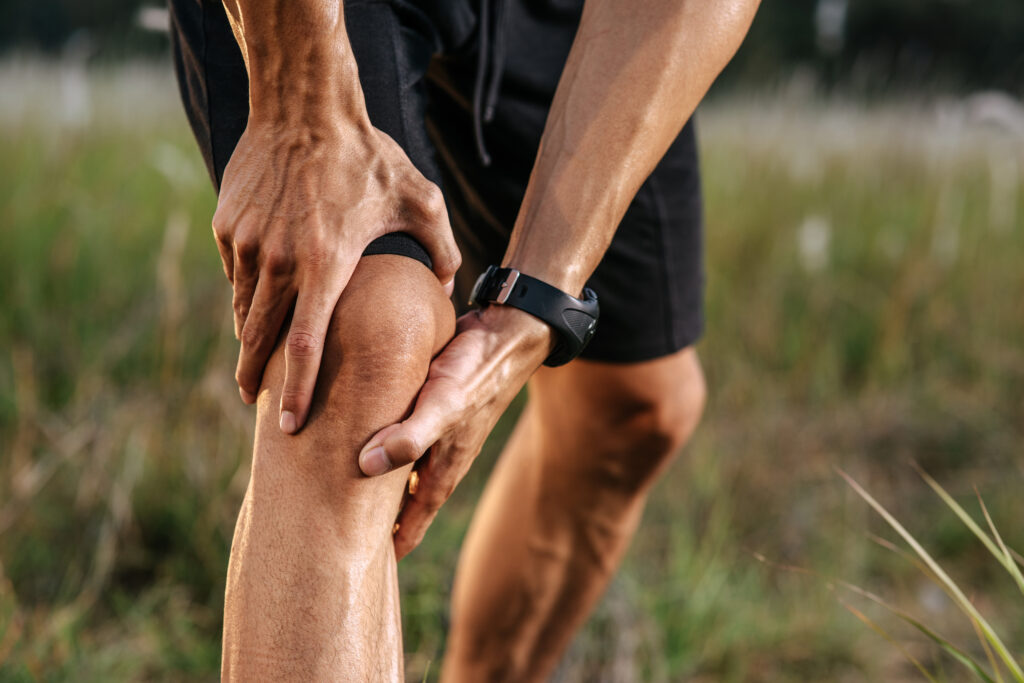If you're struggling with back pain, you might want to explore some unique methods that could provide relief. Techniques like mindfulness and meditation can help you tune into your body and recognize tension before it escalates. Pairing these practices with alternative therapies such as acupuncture or massage may enhance your pain management strategy. But that's just the beginning—consider how innovative exercise routines and dietary adjustments can play a pivotal role in your recovery. What other surprising methods could further support your journey to comfort?
Mindfulness and Meditation Techniques
Mindfulness and meditation can greatly enhance your ability to manage back pain. When you practice mindfulness, you become more aware of your body and its sensations. This heightened awareness helps you identify tension or discomfort in your back before it escalates into severe pain.
Take a moment each day to sit quietly, focusing on your breath. Inhale deeply, letting your abdomen expand, and exhale slowly. As you breathe, direct your attention to the area of your back where you feel discomfort.
You might find it helpful to visualize the tension melting away with each breath. Imagine a warm, healing light surrounding that area, soothing and relaxing it. This simple technique not only helps reduce your perception of pain but also fosters a sense of calm and control over your body.
Additionally, consider incorporating guided meditations specifically designed for pain relief into your routine. Many apps and online resources offer sessions tailored for back pain, helping you stay focused and engaged.
Practicing mindfulness doesn't have to be complicated. Even a few minutes each day can make a significant difference in how you experience pain. Remember, consistency is key; the more regularly you engage in these techniques, the more effective they become.
Acupuncture and Alternative Therapies
Exploring alternative therapies can complement the benefits of mindfulness and meditation in managing back pain. One popular option is acupuncture, a practice rooted in traditional Chinese medicine. During an acupuncture session, thin needles are inserted into specific points on your body. This technique aims to restore balance and promote healing, potentially alleviating pain and reducing muscle tension.
You might find that acupuncture not only helps with pain relief but also enhances your overall well-being. Many individuals experience fewer back pain episodes after regular sessions, making it a worthy consideration for your pain management plan. It's vital to consult a licensed acupuncturist to guarantee safe and effective treatment tailored to your needs.
In addition to acupuncture, various alternative therapies can provide relief. Chiropractic adjustments focus on aligning your spine and improving mobility, while massage therapy helps to relax tight muscles and increase circulation. Both of these therapies can greatly relieve back pain, allowing you to engage in daily activities with more comfort.
Herbal remedies and supplements may also support your pain management strategy. Some natural anti-inflammatories, like turmeric and ginger, can help reduce discomfort. However, it's important to discuss any herbal treatments with your healthcare provider to avoid potential interactions with other medications.
Ultimately, integrating acupuncture and other alternative therapies into your routine can be a proactive approach to alleviating back pain while enhancing the mindfulness and meditation practices you've already adopted.
Innovative Exercise Routines
Incorporating innovative exercise routines into your daily life can greatly enhance your back pain management strategy. These routines not only strengthen your core and improve flexibility but also promote better posture, which is essential for alleviating discomfort.
Consider trying low-impact activities like Pilates or yoga. Both focus on controlled movements and stretching, helping to release tension in your back while enhancing overall strength.
Another effective option is using resistance bands. They allow you to perform a range of exercises, such as seated rows or lateral leg lifts, that strengthen your upper and lower back muscles without placing too much strain on your joints. You can easily adjust the resistance level to match your current fitness level, making it a versatile choice.
If you enjoy being outdoors, walking or hiking on varied terrain can also be beneficial. The uneven surfaces engage different muscle groups, promoting balance and stability. Just remember to wear supportive footwear to protect your feet and back.
Don't overlook the potential of aquatic exercises. Water provides resistance while reducing impact, making it ideal for those with chronic back pain. Swimming or participating in water aerobics can improve your strength and flexibility without stressing your spine.
Lastly, consider incorporating brief, regular exercise sessions throughout your day. Even a few minutes of stretching or core-strengthening exercises can make a significant difference in how you feel.
Stay consistent, listen to your body, and gradually build up your routine to find what works best for you.
Dietary Adjustments for Pain Relief
Making targeted dietary adjustments can greatly aid in alleviating back pain. What you eat plays a vital role in managing inflammation and promoting overall health. Start by incorporating anti-inflammatory foods into your diet. Foods rich in omega-3 fatty acids, like salmon, walnuts, and flaxseeds, can help reduce inflammation and alleviate pain. Likewise, leafy greens, berries, and nuts offer antioxidants that combat oxidative stress in your body.
It's also beneficial to limit processed foods, refined sugars, and trans fats. These can trigger inflammatory responses and worsen your discomfort. Instead, focus on whole foods, such as whole grains, fruits, vegetables, and lean proteins, which support your body's healing processes.
Hydration is key, too. Drinking plenty of water helps maintain spinal disc health and can ease stiffness. Aim for at least eight glasses of water a day, and consider herbal teas that have anti-inflammatory properties, like ginger or turmeric.
Don't overlook the importance of vitamin D and calcium for bone health. Include foods like dairy, fortified plant-based milks, and leafy greens for strong bones, and consider a supplement if you're not getting enough from your diet.
Finally, keep a food diary to track what you eat and how it affects your back pain. This can help you identify any specific triggers or foods that may exacerbate your discomfort.
Ergonomic Modifications at Home
Creating an ergonomic home environment can greatly reduce back pain and improve your overall comfort.
Start with your workspace. If you spend hours at a desk, invest in an ergonomic chair that supports your lower back. Adjust the chair height so your feet rest flat on the floor, and your knees are at a 90-degree angle.
Next, position your computer monitor at eye level to prevent straining your neck. Your arms should be at a right angle when typing, with wrists straight. Adding a keyboard and mouse that promote a natural hand position can also make a significant difference.
Don't overlook your living space. If you watch TV or read often, choose furniture that encourages good posture. A recliner with lumbar support can help you maintain the right alignment.
Additionally, consider using pillows strategically to provide extra support when you're sitting or lying down.
In the kitchen, keep frequently used items within easy reach to avoid bending or stretching too much. Use a step stool for higher shelves, and remember to bend at the knees, not at the waist, when lifting heavy items.
Finally, remember to take breaks. Stand up, stretch, and walk around every hour.
These small modifications can lead to significant improvements in your back pain and overall well-being. By making these ergonomic adjustments at home, you're setting the stage for a healthier, more comfortable lifestyle.
Conclusion
By exploring these unique methods to alleviate back pain, you can take charge of your well-being. Embracing mindfulness and meditation helps you tune into your body, while acupuncture and alternative therapies offer relief. Innovative exercises strengthen your muscles, and dietary changes can reduce inflammation. Finally, making ergonomic modifications at home creates a supportive environment for recovery. Start incorporating these techniques today, and you'll be on your way to a more comfortable, pain-free life.



